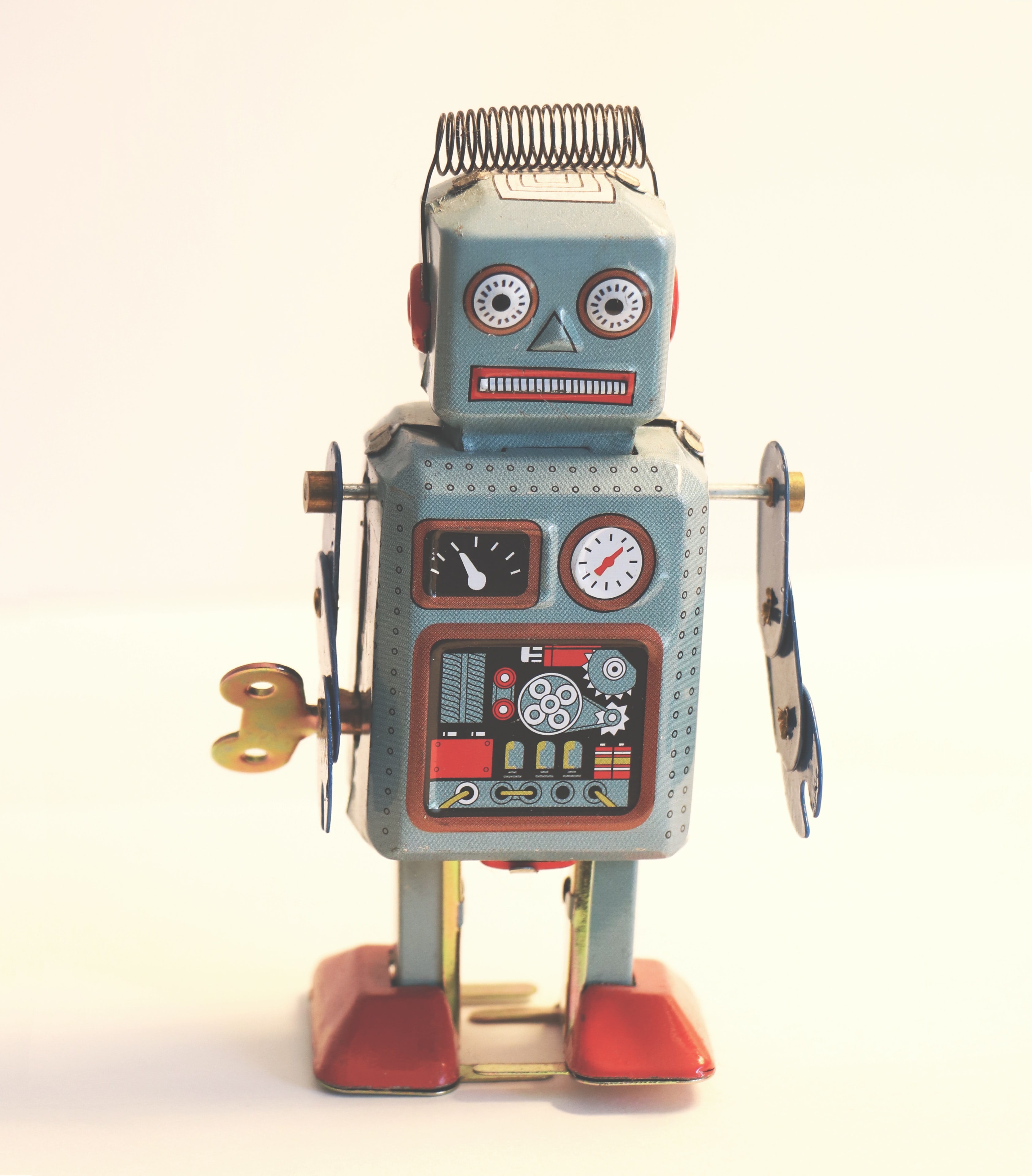Can machines make translation better?
Medical Pharmaceutical Translations • Feb 22, 2021 12:00:00 AM

In a recent interview with Pharma Express , Reverie Language Technologies Vice President Vinay Raj called cost and turn-around times the major weaknesses of pharma translation.
Raj seems to imply that these issues stem from translators, whether errors they make, or simply the fact that they’re human and need to stop working now and then.
He’s not wrong about the latter, but when it comes to the former, studies (like this one, for instance) show that human translation is more accurate than translations done by AI alone.
We tend to think of AI, neural machine translation (NMT), and even the concept of technology in general as being flawless and precise. But language is inherently imprecise. AI can understand its basic rules and frameworks and follow algorithms. But it’s lost when it comes to things like figurative language, sarcasm, and idiomatic or localized expressions.
Machines can also have trouble understanding some unclear grammatical structures, such as which gender to use when translating from languages like French, where possessive gender pronouns depend on the object rather than the subject.
When you look at it this way, tech alone clearly isn’t the answer when it comes to accurate translations.
And human translators alone aren’t the issue behind pharma translation’s costliness and time-consuming nature. As anyone familiar with pharma translation knows, problems of time and cost actually stem from the fact that the process is a long one. For instance, no matter how good a translation may be, regulatory requirements mean back translation will have to be performed.
This doesn’t mean that pharma translation can’t become more efficient, however. One solution lies in combining two ideas:
1. Machine translation isn’t perfect but can be used for certain simple, standard translations.
2. Human translators must check machine translation for accuracy.
Here’s how this could work in practice:
A translation manager would divide documents into two groups. One group would be made up of documents that deal with adverse effects reporting, statistics, and basic instructions.
The other group would consist of documents that require particular insight and knowledge – for instance, informational materials that must be localized for a particular population.
The translation of the first group of documents could be performed by machine, while human translators would work on the second group.
So far, so good. Humans and tech working in harmony!
But here’s the most crucial part of this team-up: The machine-translated materials would have to be proofread by human translators. This is especially important in the pharma and healthcare fields, where translation errors could cause anything from compliance issues to patient casualties.
The idea that AI can’t translate alone may seem like something put forth by a person with a stake in the human side of translation – say, the human translator who’s writing this very article. But even Raj’s Reverie Neural Machine Translation engine requires its machine-generated translations to be verified by human translators, a point that Raj only makes in passing.
This isn’t meant to be an “I-told-you-so”, but a word of caution. We tend to think that tech will solve all of our problems. Approaching translation with this kind of mentality encourages the use of AI exclusively, devaluing human translators and putting accurate communication at risk.
If you’re a tech fan, or simply a translation client longing for the fast, effective, precise results you’ve come to expect from modern technology, this little exposé might leave you feeling frustrated. Will there ever be a point when AI can go it alone in the world of translation?
As scientist Marc Dymetman puts it:
Fully automated translation will probably happen in the future, but around the same time at which our streets will be populated with the kinds of androids depicted in the recent Swedish sci-fi series Real Humans.
Still, technology is already an asset for both translators and clients. For instance, many translators use Computer-Assisted Translation (CAT) tools to help them with things like translation uniformity. And of course, regardless of needing proofreading, machine translations of simple documents do help reduce the time and labor required on a major translation project.
Total reliance on machines for translation is still a dream for the future. For now, translation isn’t about man vs. machine; it’s about teamwork.
Contact Our Writer – Alysa Salzberg
